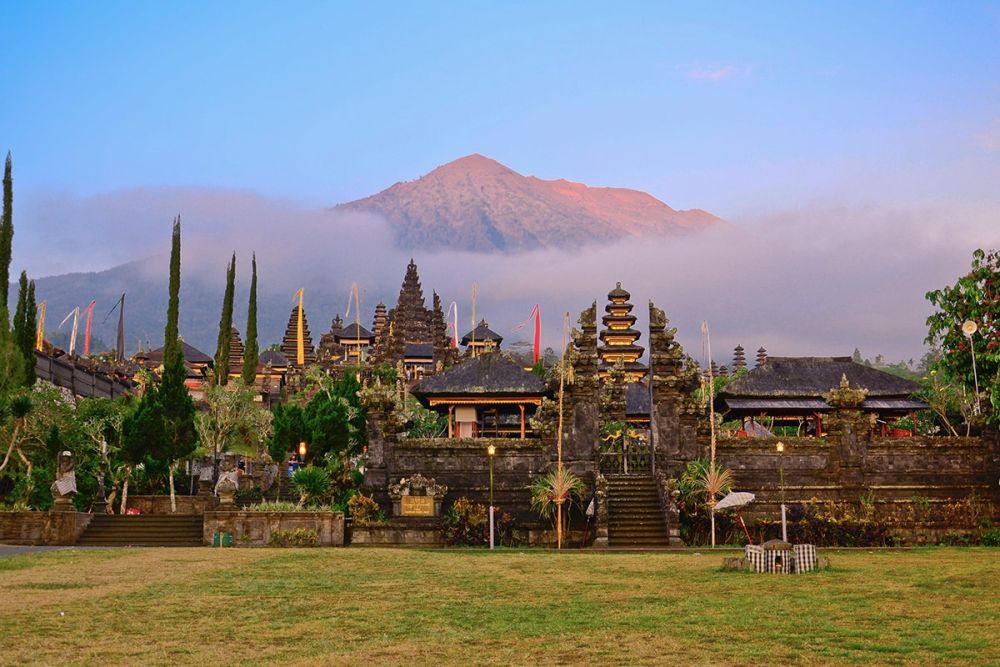

Bali, the "Island of the Gods," has long been a magnetic draw for travelers, and the Besakih Temple is one of its most sacred and historically significant attractions. Known as Pura Besakih, it is the largest and holiest Hindu temple in Bali, often referred to as the 'mother temple'. Nestled on the slopes of Mount Agung, the island's highest volcano, the temple complex has been a pilgrimage site for centuries.
The origins of Pura Besakih are steeped in mythology, with the site believed to date back to the prehistoric times. The stone bases of the temple are thought to date back to the 14th century during the Gelgel dynasty. Besakih Temple's significance grew over the years, especially after the conquest of Bali by the Majapahit Empire.
As Bali emerged as a tourist destination in the early 20th century, Besakih Temple became a prominent cultural attraction. Post-colonial Bali saw a flux of writers, artists, and adventurers who were drawn to the island's vibrant culture and traditions, with the Besakih Temple becoming a must-visit location.
The eruptions from Mount Agung have had a significant impact on the temple. The most notable incident was in 1963 when a major eruption destroyed many villages and caused numerous casualties, while the temple remained largely unharmed. This event heightened the spiritual significance of Besakih Temple and drew the attention of visitors from around the globe.
In recent times, Besakih Temple has experienced a consistent flow of tourists, albeit with fluctuations due to natural and global events. The temple complex has seen various infrastructural developments to cater to increasing visitor numbers. Tourist facilities around the site, including improved pathways, guide services, and visitor centers, have been developed to enhance the experience.
With the rise of digital nomadism and eco-tourism, Bali and Besakih have become focal points for those seeking spiritual and cultural immersion. Connectivity through social media has also influenced tourism trends, with many international visitors discovering Besakih Temple through platforms like Instagram and YouTube. In response to the demand for more authentic travel experiences, local authorities and tour operators now offer immersive cultural tours that provide deeper insights into the temple's history and religious practices.
As with many historical sites around the world, there is a growing concern for the protection and conservation of Besakih Temple. The Indonesian government and various non-governmental organizations are working to ensure that tourism development does not compromise the temple's spiritual atmosphere or its physical integrity. Efforts focus on creating sustainable tourism practices that support the local economy while preserving this magnificent cultural heritage.
Besakih Temple continues to stand as a testament to Bali's rich cultural history while being an enduring symbol of spiritual significance for the Balinese people. The trajectory of tourism at this sacred site underlines the importance of balancing growth with reverence and responsibility towards cultural heritage.